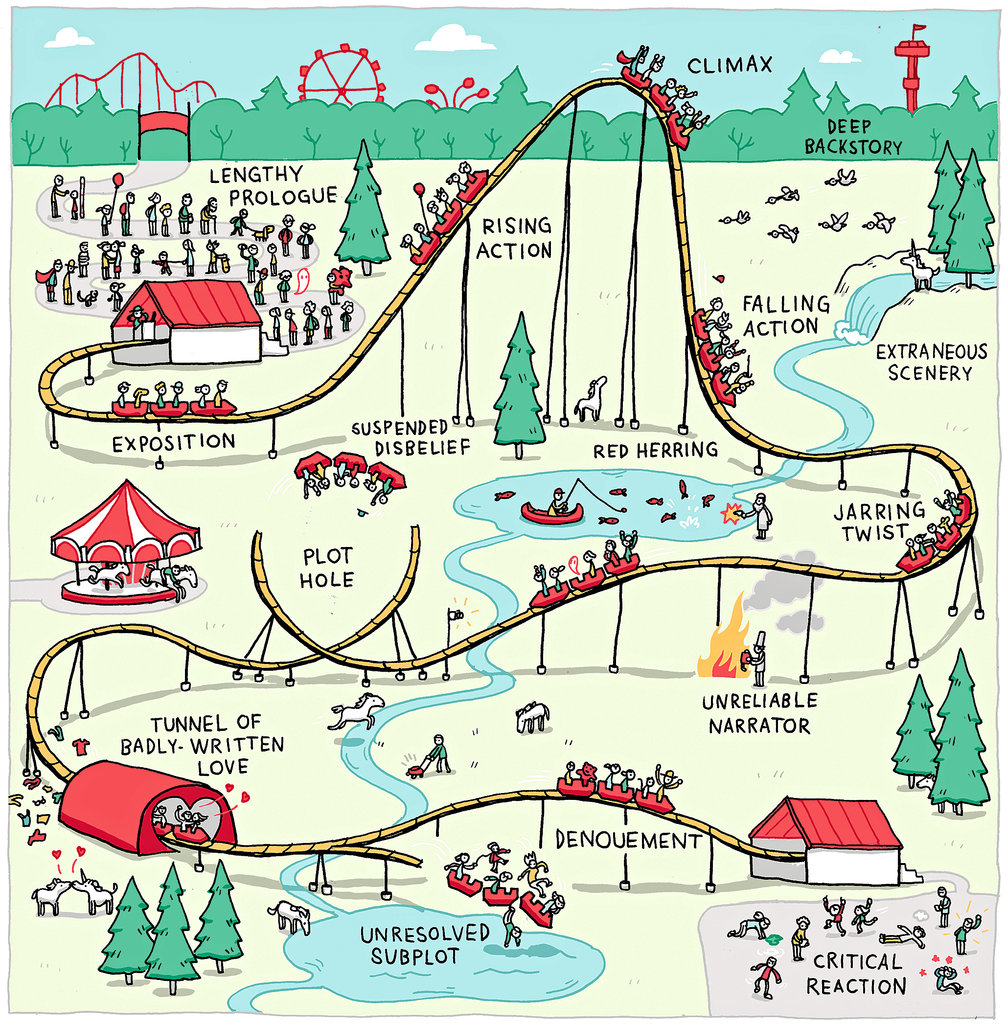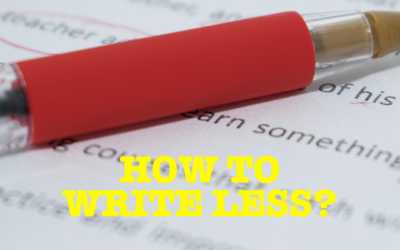When we read for pleasure, we love the chance to enjoy some suspense, can be tolerant of lengthy prologues and are even open to suspending disbelief from time to time. We are, after all, there to enjoy the ride.
However, when we read for work, we have less interest in puzzling through the relevance of the deep back story or the extraneous scenery. We also have less tolerance for unresolved plots and plot holes than when reading for pleasure.
Grant Snider of the New York Times published this cartoon earlier in the week which describes the story coaster just beautifully, and provides a great visual prompter for those of us who are keen on business communication not to transfer this style to our workplace!
Take a look at Grant's wonderful cartoon (republished with permission from Grant).


PRESENTED BY DAVINA STANLEY
I love what I do.
I help senior leaders and their teams prepare high-quality papers and presentations in a fraction of the time.
This involves 'nailing' the message that will quickly engage decision makers in the required outcome.
I leverage 25+ years' experience including
- learning structured thinking techniques at McKinsey in Hong Kong in the mid 1990s before coaching and training their teams globally as a freelancer for a further 15 years
- being approved to teach the Pyramid Principle by Barbara Minto in 2009
- helping CEOs, C-suite leaders and their reports deeply understand their stakeholder needs and communicate accordingly
- seeing leaders cut the number of times they review major papers by ~30% and teams cut the amount of time they take to prepare major papers by ~20%*
- watching senior meetings focus on substantive discussions and better decisions rather than trying to clarify the issue
My approach helps anyone who needs to engage senior leaders and Boards.
Recent clients include 7Eleven, KPMG, Mercer, Meta, Woolworths.
Learn more at www.clarityfirstprogram.com
(*) Numbers are based on 2023 client benchmarking results.







